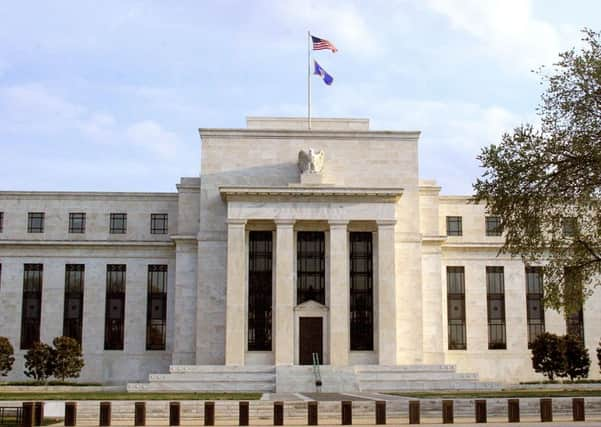Martin Flanagan: Little point being Fed-up with US rates policy fluctuations


And yet we are still near the historical lows of US interest rates that were introduced during the crisis to stop a re-run of the 1930s American Depression. The Federal Reserve introduced its first rise in rates to within a range of 0.25 per cent to 0.5 per cent last December, up from practically zero, with the central bank indicating that it wanted to gradually usher in more normalised interest rates as a sign of economic recovery.
But we are still waiting. Yesterday US jobs data missed forecasts for the month of August, in effect quashing expectations for a rise in rates later this month.
Advertisement
Hide AdAdvertisement
Hide AdSomething similar happened earlier this summer when Wall Street felt it was being softened up for a rise in rates only for a very weak performance of the US jobs market in May to put paid to that. Fed chair Janet Yellen and her colleagues on the open markets committee are not to be blamed. It is not that the lady is for turning repeatedly, but rather that central bankers are chained to the unfolding data.
Back in the summer of 2014 when UK growth was strong and job creation hearty, Yellen’s Bank of England counterpart, governor Mark Carney, was guiding the market to a rise in British rates from historical lows of 0.5 per cent.
Conflicting figures, including subdued inflation and stubbornly low growth in real earnings for an extended period, stayed the Bank’s hand.
Then came the Brexit vote this summer, all bets were off, and UK rates were actually cut to a new low of 0.25 per cent.
But, as a rather famous economist once said: “When the facts change, I change my mind. What do you do, sir?”
So the Fed has to play its hand as the cards are dealt. US non-farm payroll figures released yesterday showed that 151,000 jobs were added to the market last month, far below July’s 275,000.
That followed on from a recent unexpected contraction in US manufacturing. There may be further apparent Fed irresolution, but in reality the central bank is just reflecting fluctuating facts on the ground.
Frustrating, perhaps, but prudent.